After Part 1 and Part 2 of India, it’s time to get into the last leg of the India, where things got a little bit dicey for me.
But I’ll save that story for later.
Here’s the last bit of roundtrip I did with the motorcycle. I continued with the trains and one plane after I arrived in Delhi.

After a few days in Leh, it was time to move on—descending to lower altitudes in search of better weather… or so I thought!
The road to Srinagar, however, remained just as breathtaking as ever.








One last pass stop, at 4108 meters.


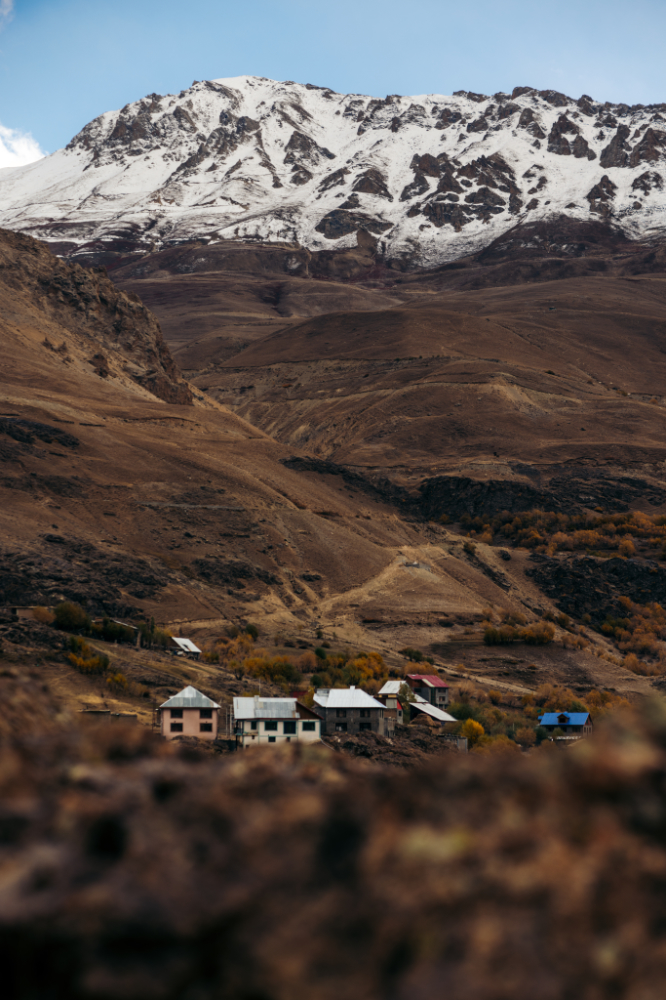

After this, I found myself stuck in hours of chaotic traffic on a muddy, half-built road. Then, just 30 minutes before reaching Srinagar, the skies opened up—rain pouring down, night falling. Definitely not my finest motorbiking moment. Riding at night, cold and soaked, is far from ideal.
But in the end, I made it safely to Srinagar that night.
Srinagar is part of Kashmir, a fiercely disputed region between India and Pakistan. The city has a tense, uneasy vibe, with armed soldiers stationed on nearly every corner.
I’d hoped to explore the outskirts, where stunning natural landscapes supposedly awaited. But the weather had other plans—four straight days of rain left me stranded indoors. So much for adventure!
Instead, here are two quick phone snaps from the city. (Spot the soldier hiding on the balcony.)


The name of the “administrative region” is Jammu and Kashmir, so my next stop, a few hours south, was Jammu.
The road here was still pretty fun to ride.


These are the last nature and landscape photos from this trip. The rest of the journey will dive into India’s cities and culture.
I reached Jammu a few hours later—lucky timing, since the road had been closed for days after a massive landslide. To be honest, I didn’t notice anything unusual along the way, but in India, it’s not always easy to tell what’s normal and what’s not.
After weeks in the cold mountains, Jammu’s near-sea-level tropical air felt incredible.
This marks the beginning of Sikh-majority regions, and I visited the famous Gurudwara Maharani Chand Kaur temple in Jammu.

Most Sikh followers live in the Punjab province but there’s still some in this area of the country.
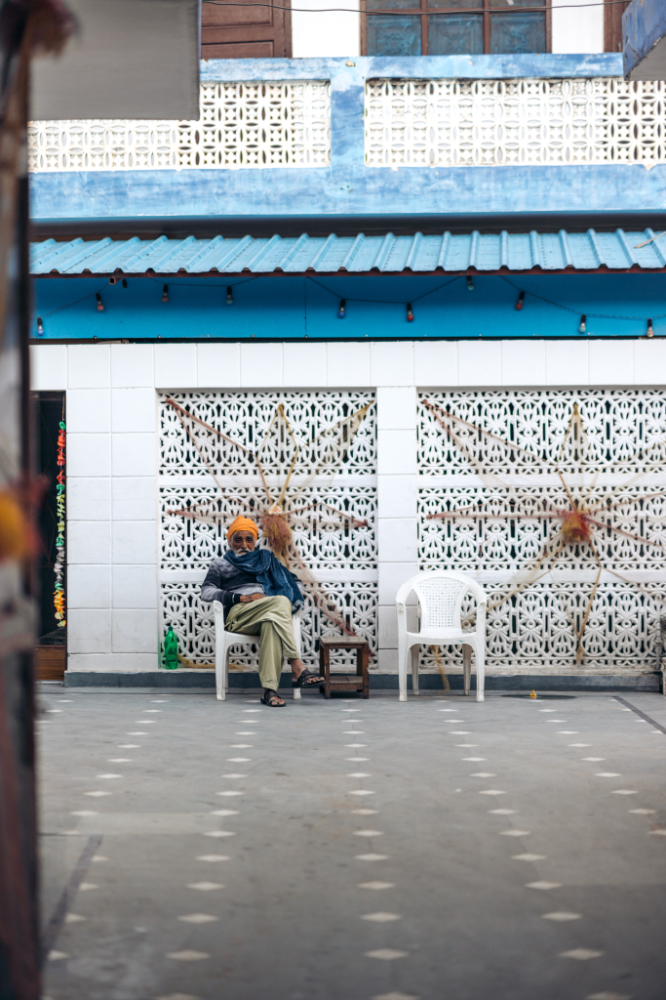

I came across some kids playing cricket and asked me for photos.



More scenes from the streets of Jammy.




I went back to the Gurudwara Maharani Chand Kaur temple.

Where this man fed me puffed rice.

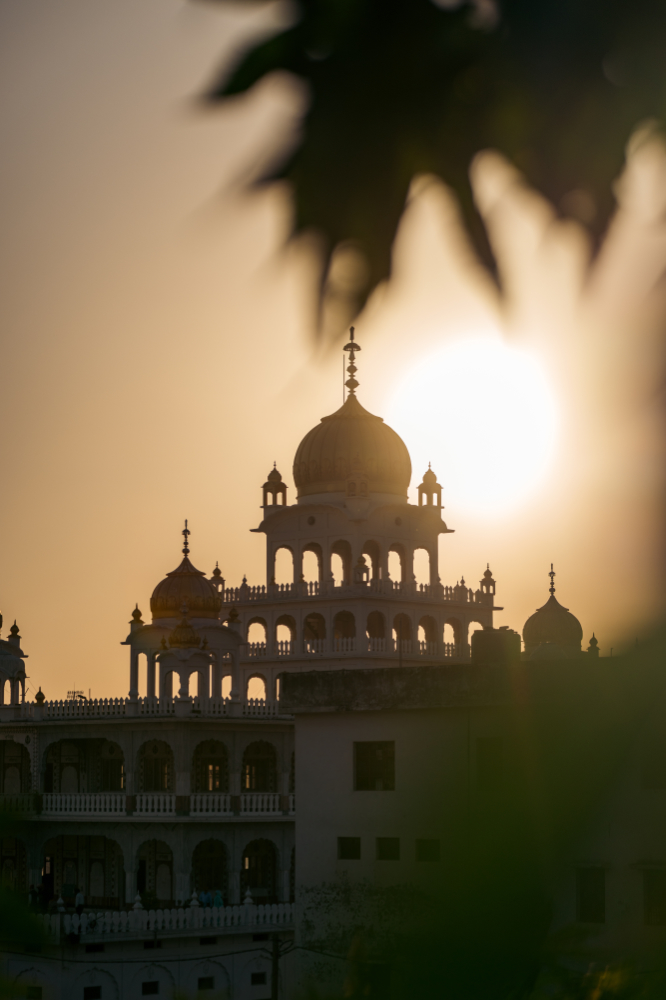


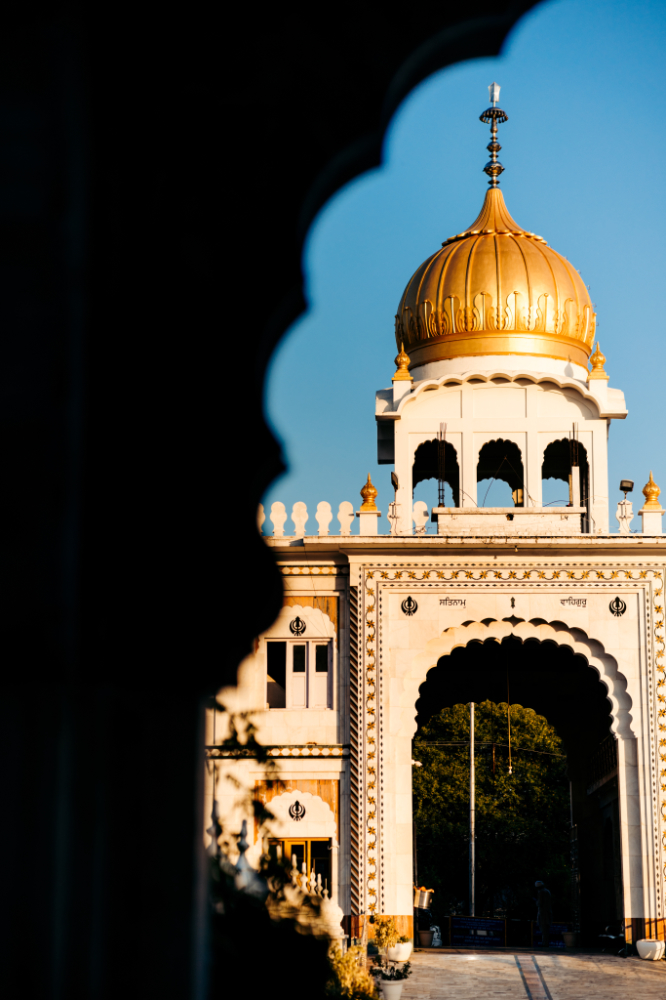
After a few days in Jammu, I continued riding south toward Amritsar—Punjab’s second-largest city but undoubtedly its most famous, thanks to the Golden Temple (Sri Harmandir Sahib), the spiritual heart of Sikhism.
But first, I made a detour to what I call “the border circus”—officially known as the Attari-Wagah Border Ceremony, just 30km from Amritsar.
The whole spectacle felt surreal to me, though the roaring crowds made it clear locals adore it.
Here’s a shot of the stands from outside—naturally, I was on the Indian side.






Here are some photos of the Amritsar streets.



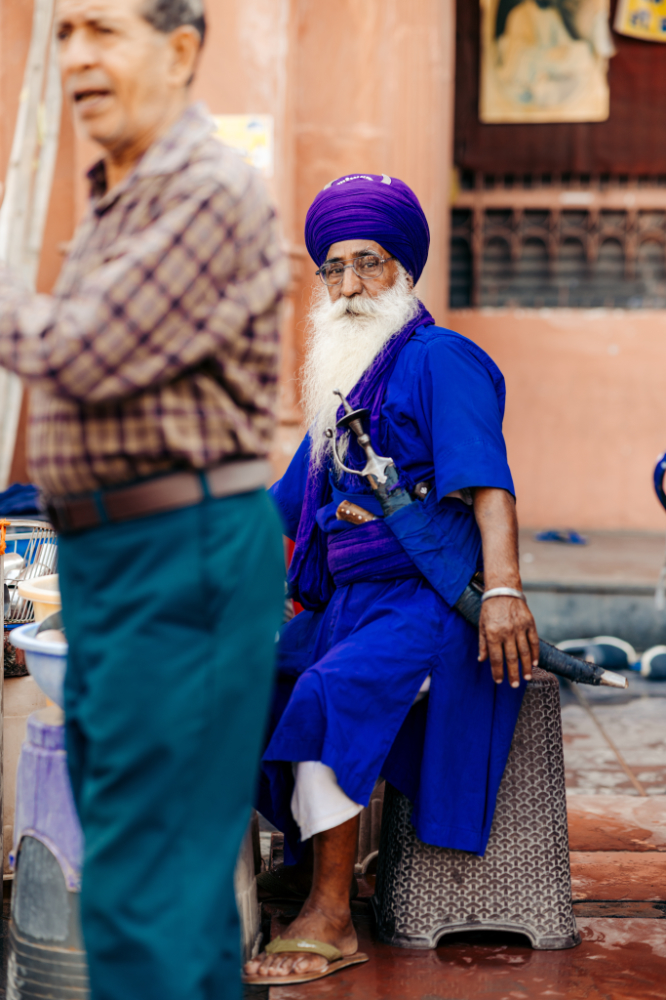


The main road that leads to the golden temple, very Indian, very busy.

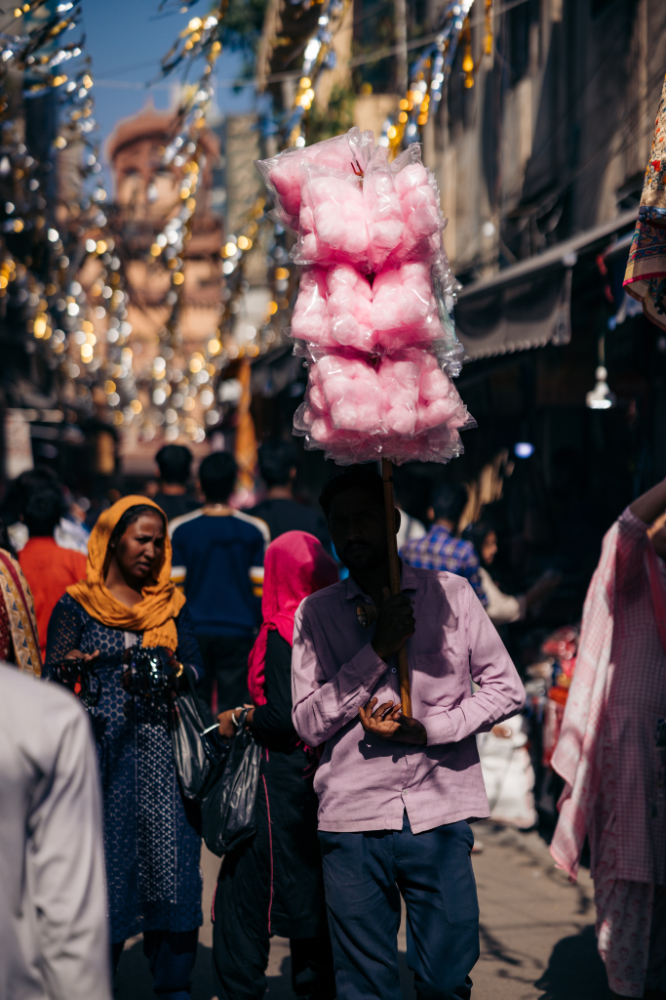
I visited the temple two times. Once in the middle of the day and another time at sunset. Everyone, man and woman, need to cover their heads.
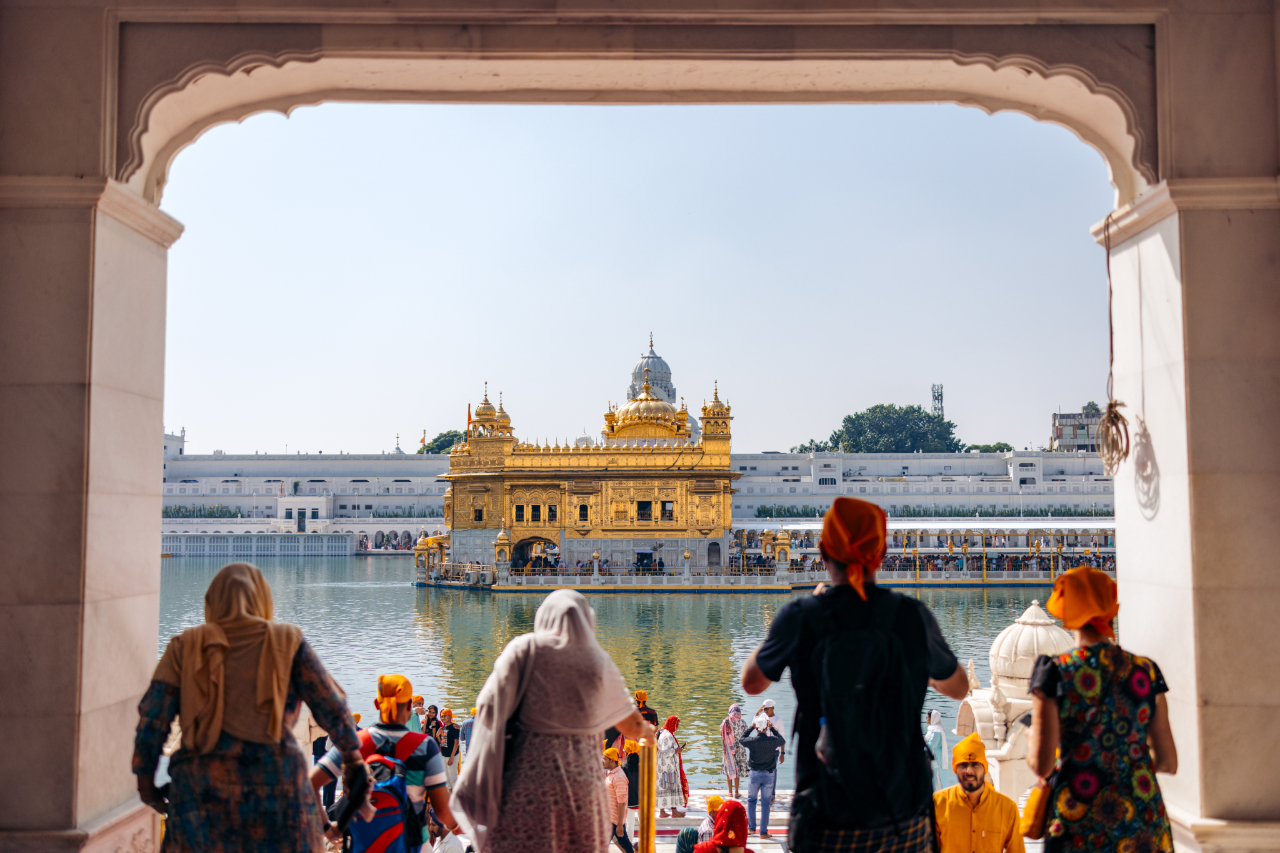
Crowded place.


Many people come to get in the holy water.

A lot of colorful dresses.


And I returned at sunset for different lighting conditions.




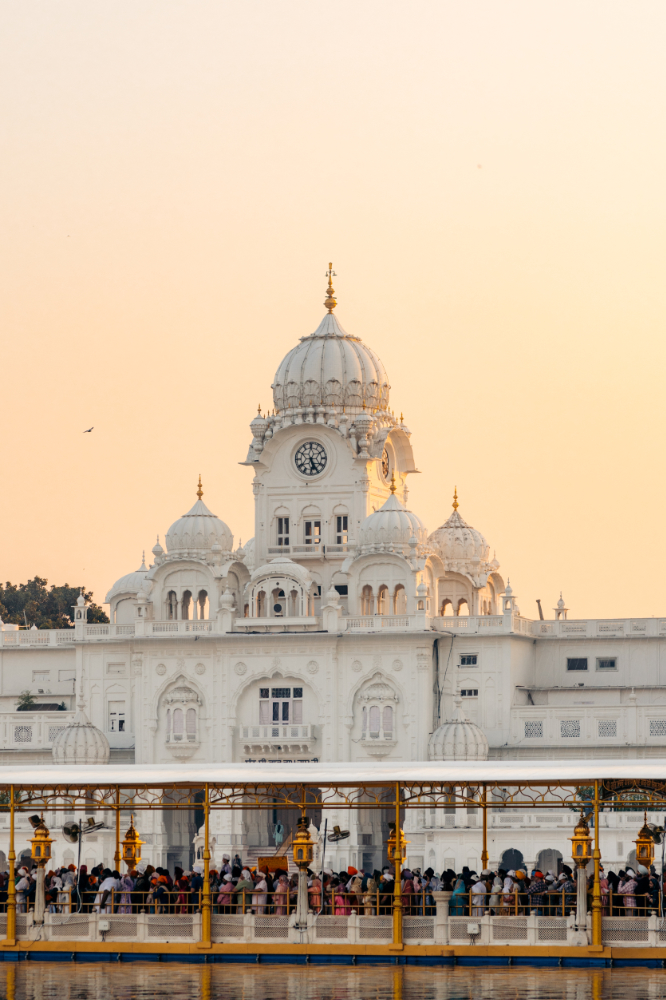
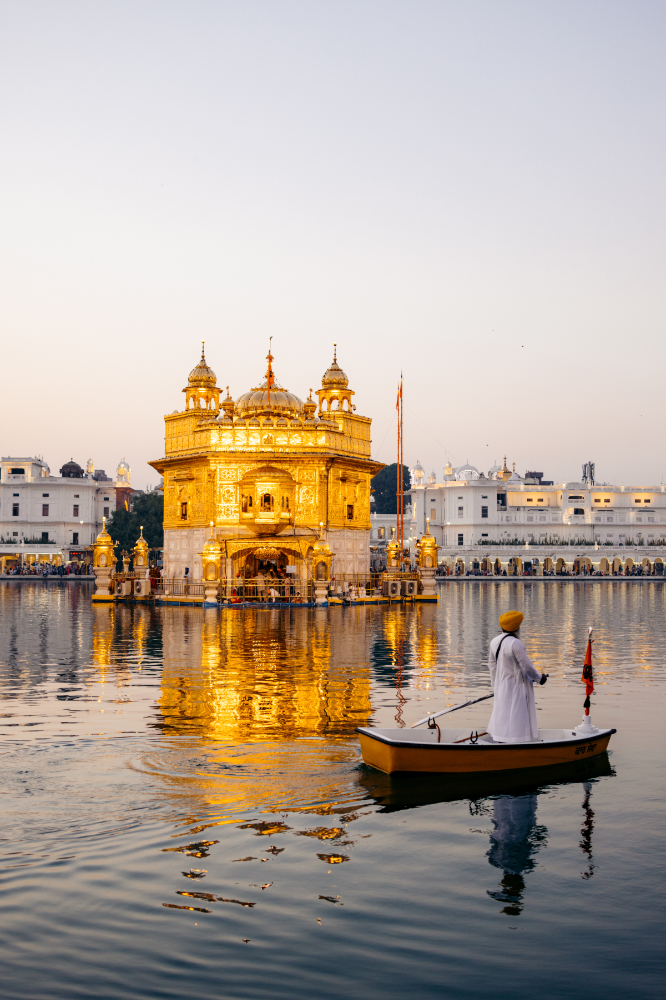

An impressive temple indeed. The staff here go above and beyond to assist visitors—since shoes aren’t permitted inside, they offer a free shoe storage service to keep your belongings safe while you explore.

The busy streets around the temple.




After a few days in Amritsar, I found myself in a bit of a predicament.
For weeks, my laptop had been failing—from what I could tell, the GPU was fried, which meant I needed an entire motherboard replacement.
My original plan was to ride south, looping through Rajasthan on my bike. But I also had work and I needed a reliable computer. I spent days hunting for parts, but navigating India’s tech markets proved frustratingly difficult.
On the morning I finally decided to leave Amritsar for Rajasthan, a last-minute lifeline appeared—a contact in Delhi claimed he could source the part I needed. Sitting on the roadside, dust swirling around me, I made a snap decision: Delhi was the smarter move.
The ride there was a monotonous grind—endless straight roads, choking dust, and relentless traffic. It reminded me of my Rajasthan travels the year before, where every highway felt the same. The magic was gone. After weeks in the Himalayas, the chaos of lowland India was wearing me down.
Somewhere between Amritsar and Delhi, I made up my mind: Fix the laptop, sell the bike, and head east by train. Just like that, my motorcycle adventure was over.

Delhi: The Breaking Point
When I arrived in Delhi, the man who’d promised to source my laptop part ghosted me for days—a preview of what dealing with Delhi’s computer shops would be like. A total shitshow.
What struck me most was how effortlessly people here drained my energy. It wasn’t even intentional—just a cultural vortex of delays, empty promises, and last-minute hassles.
Selling my motorcycle and drone only deepened the frustration. Endless time-wasters: buyers showing up without cash after explicit instructions explaining I needed cash as I don’t have a local bank account, haggling last-minute over agreed prices. Even Uber drivers played games—demanding cash off the books, then charging more than the app’s rate.
By this point, my patience was obliterated. The constant hassling, the feeling that everyone saw me as a walking ATM—it wore me down. I’d lost most of my respect for the people here. Maybe I should’ve left India then, before my impression soured further. But I pushed on.
Then, a friend joined me. We headed to the Taj Mahal (my second visit), but even its beauty was smothered under apocalyptic pollution. The air in Delhi and Agra felt toxic, like breathing through a truck’s exhaust pipe. Just another layer of misery.


I think (and kind of hope) this was my last visit of the Taj 😉

The Taj Mahal is in Agra, and there are other things to see there, nearby there’s a place called Jodha Bai Mahal.
‘Jodha Bai Mahal’ also known incorrectly as ‘Jodh Bai Mahal’ is the largest palace in Fatehpur Sikri commissioned by Mughal Emperor Akbar in 1569 for his favourite queen consort, Mariam-uz-Zamani, commonly known as ‘Jodha bai’ . This Mahal is the largest complex of the zenana (palace for women belonging to the royal household). It is a masterpiece of the fusion of Hindu and Persian architecture made with red sandstone.
This palace hosted a lot of woman, and debauchery from what the guide told me, it was quite entertaining. Seems like he had a wife for each main religion, Muslim, Christian and Hindu and then once every few weeks he would have a few women come dance for him, and he’d choose one to … enjoy.
Anyway, here are some photos of the area.






This part shows all the religions of his wives merged together.

The chapel roof, the Hindu sides and the Muslim style door.
That is it for Agra, next we took the train to Lucknow.

In many places in Lucknow, “professional cameras” are not allowed, which is annoying but at this point I was half disconnected from this country already. But the show must go on!



Some cool buildings, but not very well maintained and nothing interesting to see inside.


Pretty much how I was feeling about India at this point.

This image feels like a movie, how is this real life.
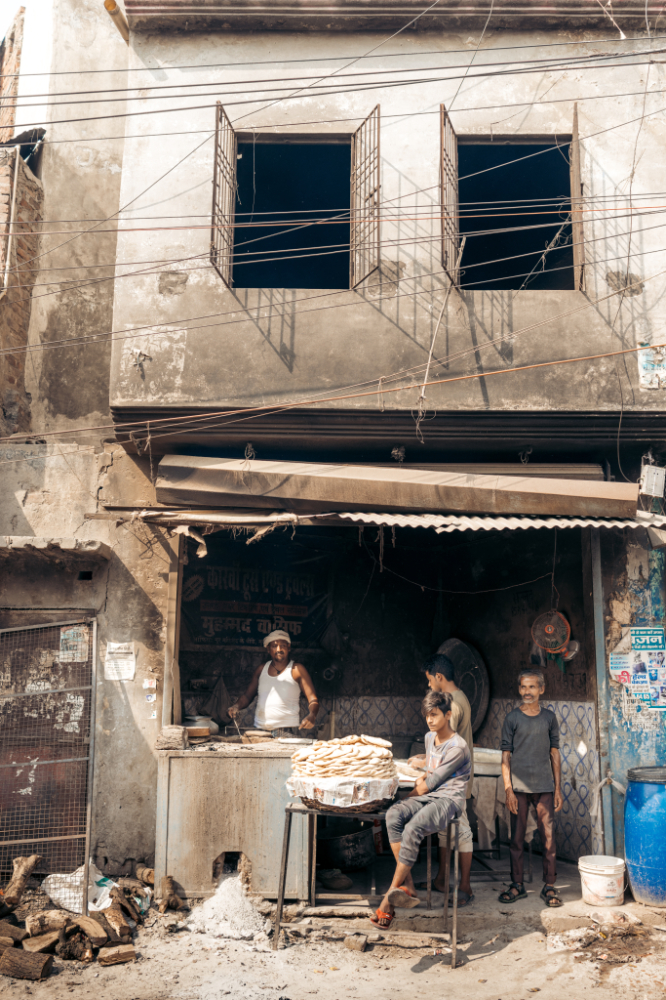

The famous clock tower, most of the decent looking things in India are from the past.

Next we visited The Residency, is an historical site featuring the ruins of a refuge for British citizens during the Revolt of 1857.
Funny thing is these ruins were one of the best kept attractions I have seen in India.
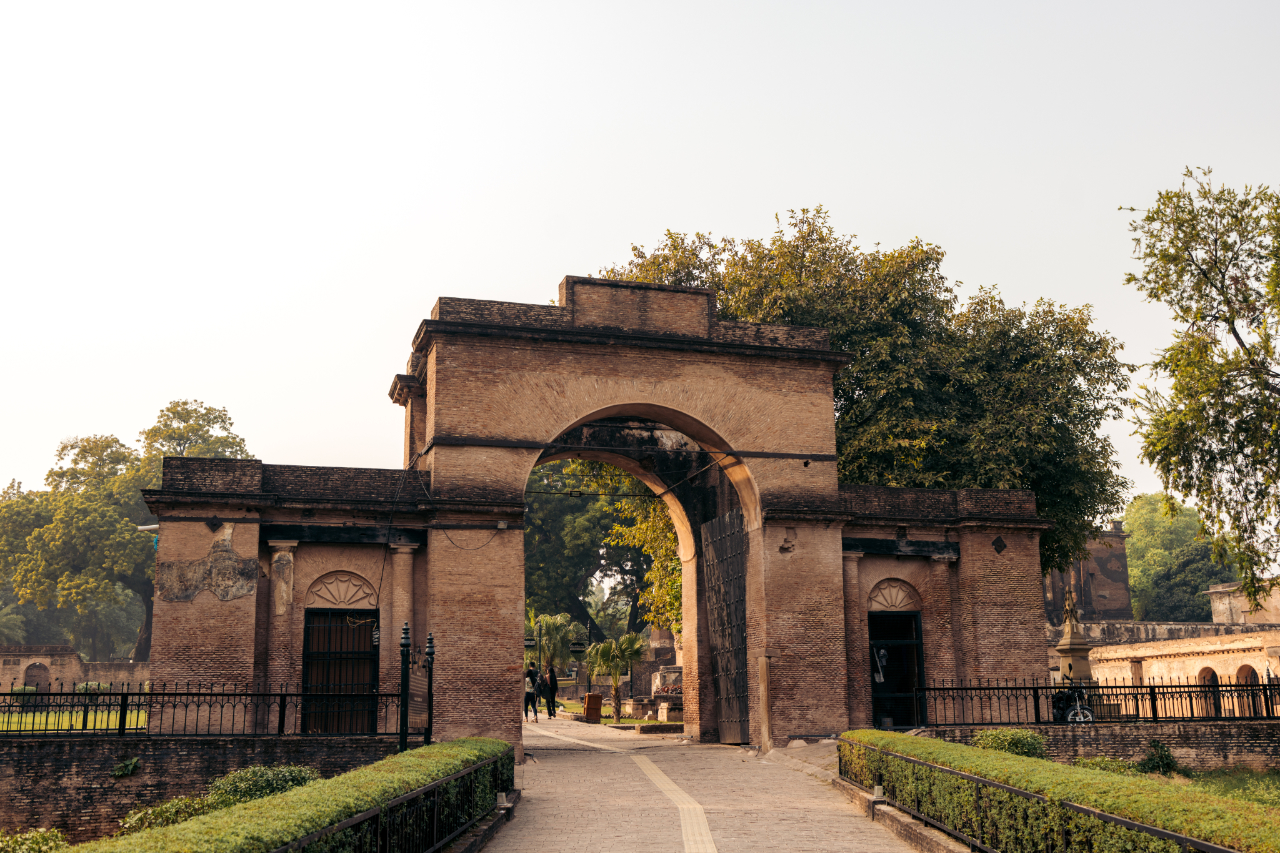

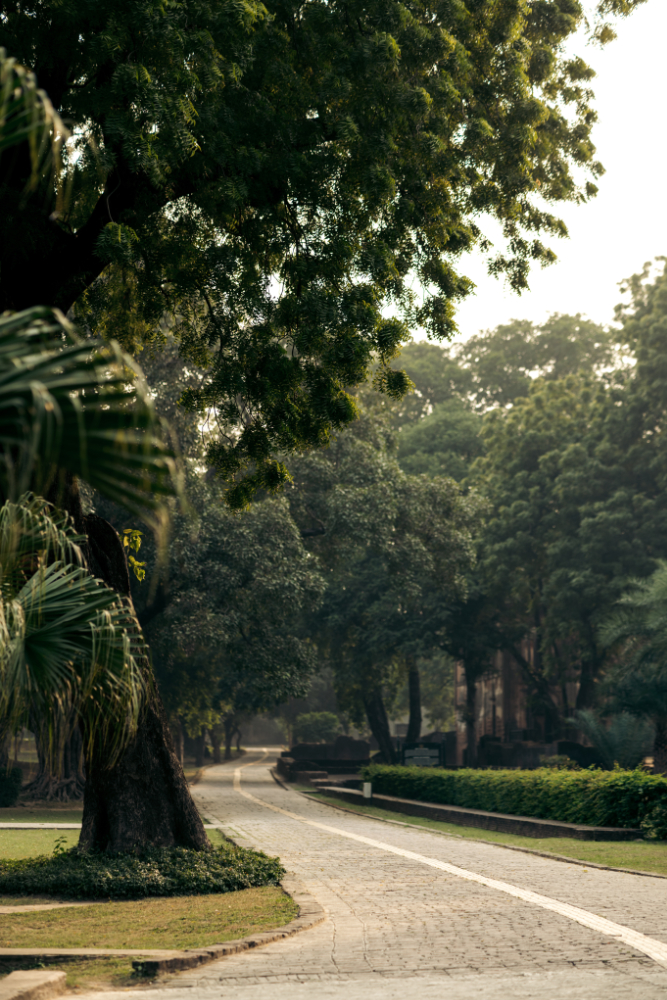


The other attraction in this city is “La Martiniere College”
La Martinière College is an elite educational institution located in Lucknow, the capital of the Indian state of Uttar Pradesh. The college consists of two schools on different campuses for boys and girls. La Martinière College (for boys) was founded in 1845 and La Martinière Girls’ College was established in 1869. La Martiniere Boys’ College is the only school in the world to have been awarded royal battle honours[1] for its role in the defence of Lucknow and the Lucknow residency during the Indian Rebellion of 1857. The two Lucknow colleges are part of the La Martinière family of schools, founded by the French adventurer Major General Claude Martin. There are two La Martinière Colleges in Kolkata and three in Lyon. La Martinière provides a liberal education and the medium of instruction is the English language. The schools cater for pupils from the age of 5 to 17 or 18, and are open to children of all religious denominations, the boys’ school has a Chapel, a Hindu Temple and a Mosque on its campus and has remained a non-denominational school since its inception, unlike the two La Martiniere Schools in Calcutta which are Christian schools, controlled by the Anglican Church of North India. Both the schools have day scholars and residence scholars (boarders).
Interesting place, well-kept also. But I wouldn’t tell someone to go all the way to India for that.

A worker having a nap on site.

There’s also a stable on site.

Students in their classroom.



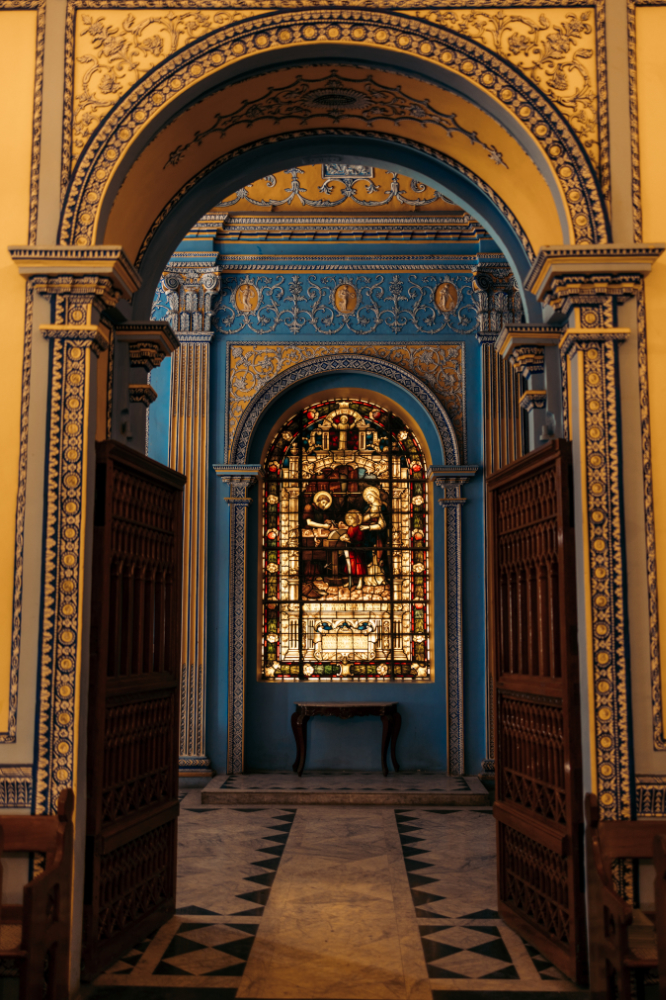

The dorms.

The main building.

They made this road but don’t allow people to drive on it. Not sure why, probably the same excuse as usual in India, “security”


And the last place we visited, was the Dr. Babasaheb Ambedkar Memorial, very strange place. Just too big, too empty, weird.
In the daytime it looks like this from the road above.
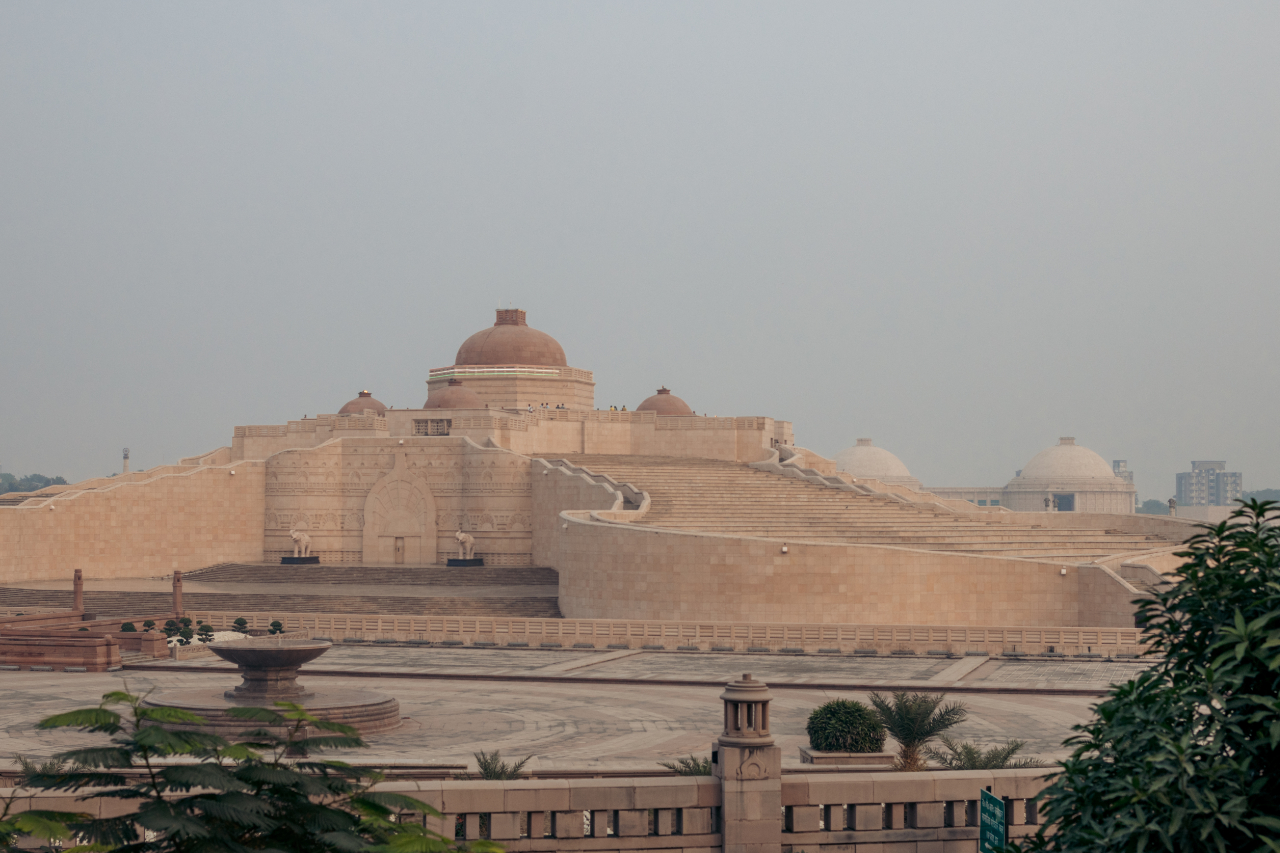

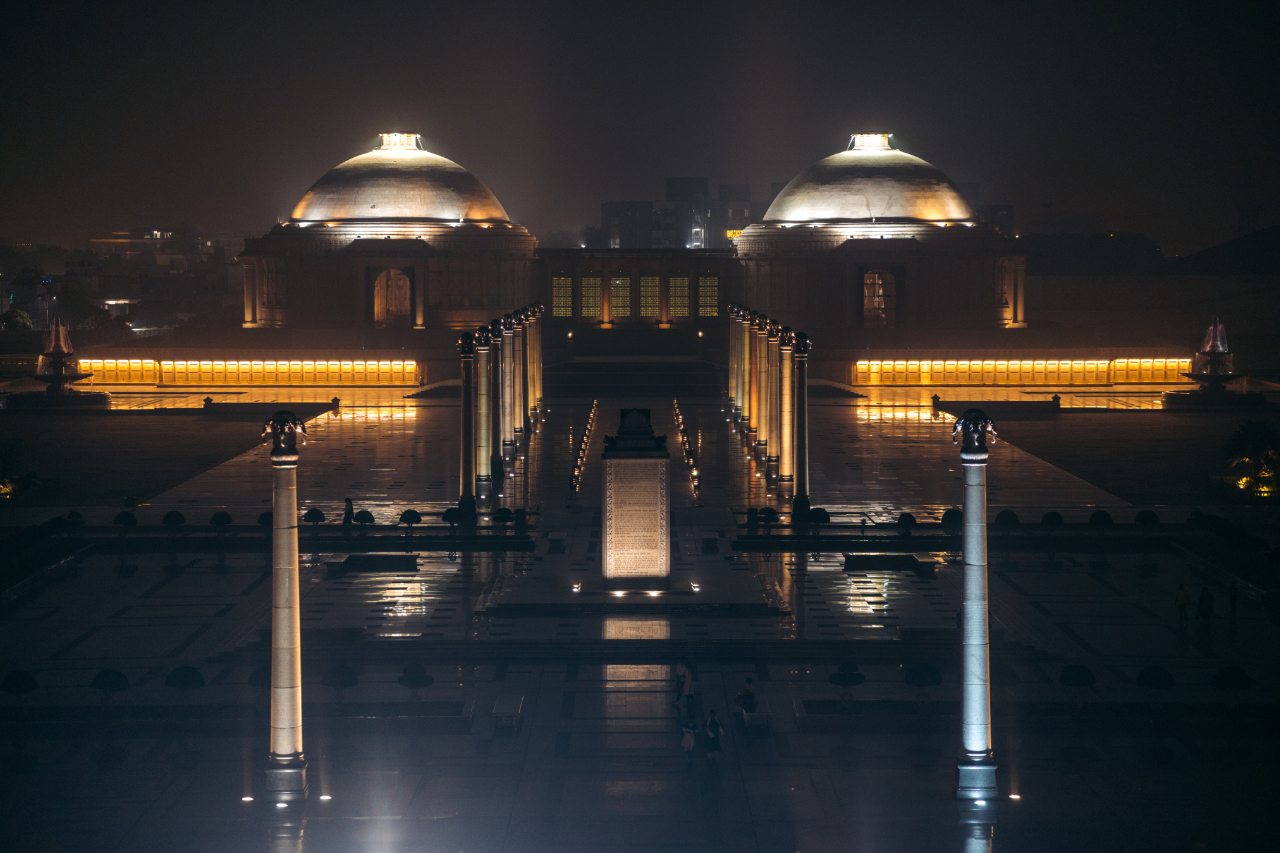

Well that is it for Lucknow, ok at best.
After Lucknow we took another train to Varanasi. This was probably the place I was most curious about on this stretch of the India trip.
Varanasi is a city in the northern Indian state of Uttar Pradesh dating to the 11th century B.C. Regarded as the spiritual capital of India, the city draws Hindu pilgrims who bathe in the Ganges River’s sacred waters and perform funeral rites. Along the city’s winding streets are some 2,000 temples, including Kashi Vishwanath, the “Golden Temple,” dedicated to the Hindu god Shiva. ― Google
This is Varanasi the riverside of Varanasi, the Ganges river side. The Ganges is the most sacred river for Hindu people.

As you can see, this might be sacred but not very clean.
This stretch of the Ganges serves as a sacred final resting place for Hindus. It’s believed that being cremated near the river—and having one’s ashes scattered in its waters—liberates the soul from the cycle of rebirth. For many Hindus, this represents the ultimate spiritual fulfillment.

You can see it all, this was just the first time I saw this burning process but there will be many more photos later.

The closer you get to the river, the more money you have to spend on the burn.
Some random images from that evening.

These guys, well most of the ones I met, are acting like they are spiritual beings, but really, they are just money grab scams. They will ask YOU to take a sefie with YOUR phone and then ask YOU to PAY them. #india #varanasi

The back streets of Varanasi, pretty cool to walk around there, minus the hassle of vendors.

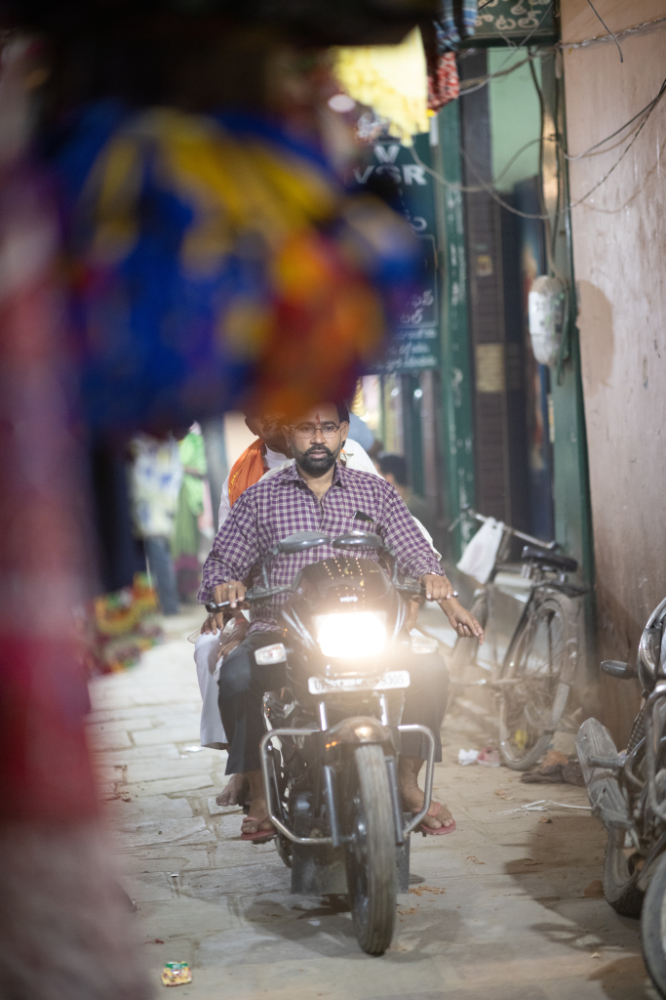
More colorful things around the town.


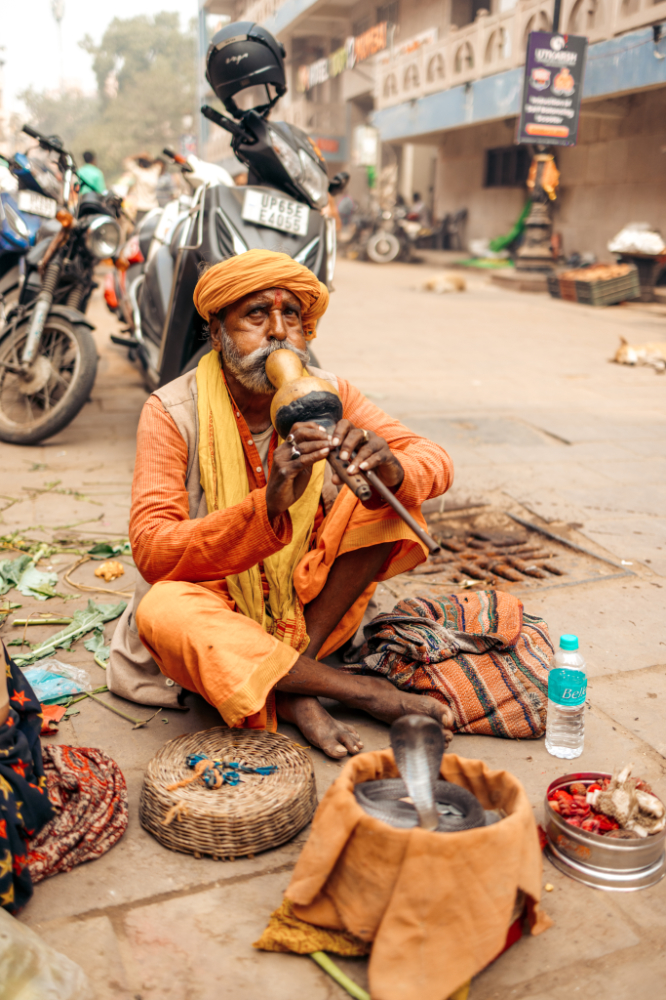




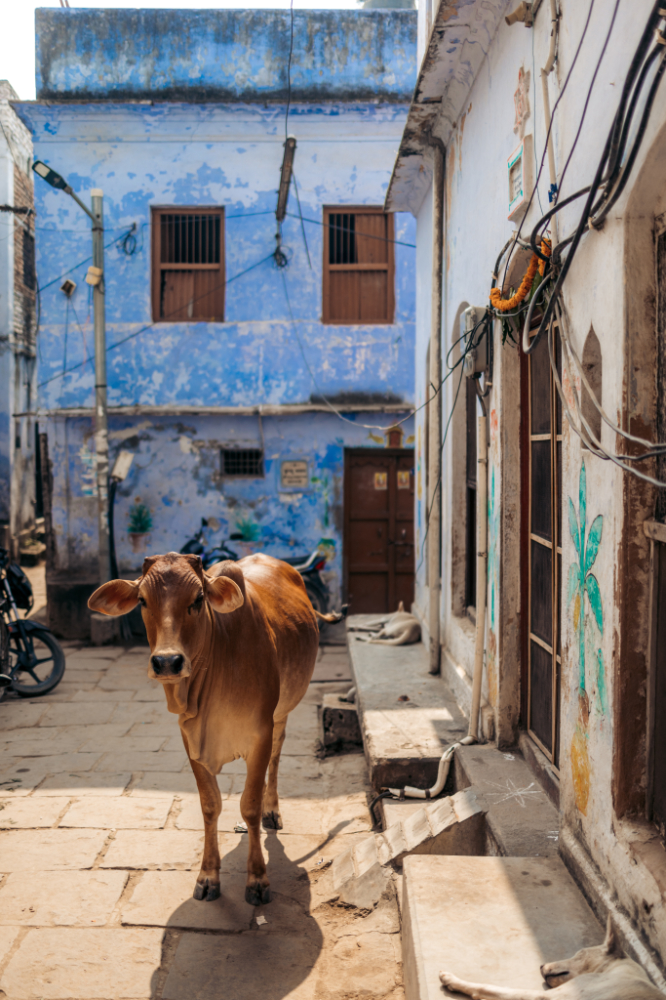
Cleansing yourself and your belongings in the sacred—yet nasty—waters of the Ganges. Truly the stuff of enlightenment.






The riverside life.





Around here locals will forcely grab your hand and start giving you a “massage” and if you don’t push them off, they will signal their friends and next thing you know you have 2-3 men giving you a massage and asking you for an absurd amount of money. Be careful in the most sacred scam city in the world.
But everyone is hustling, I just wish they has better ways to make a rupee.



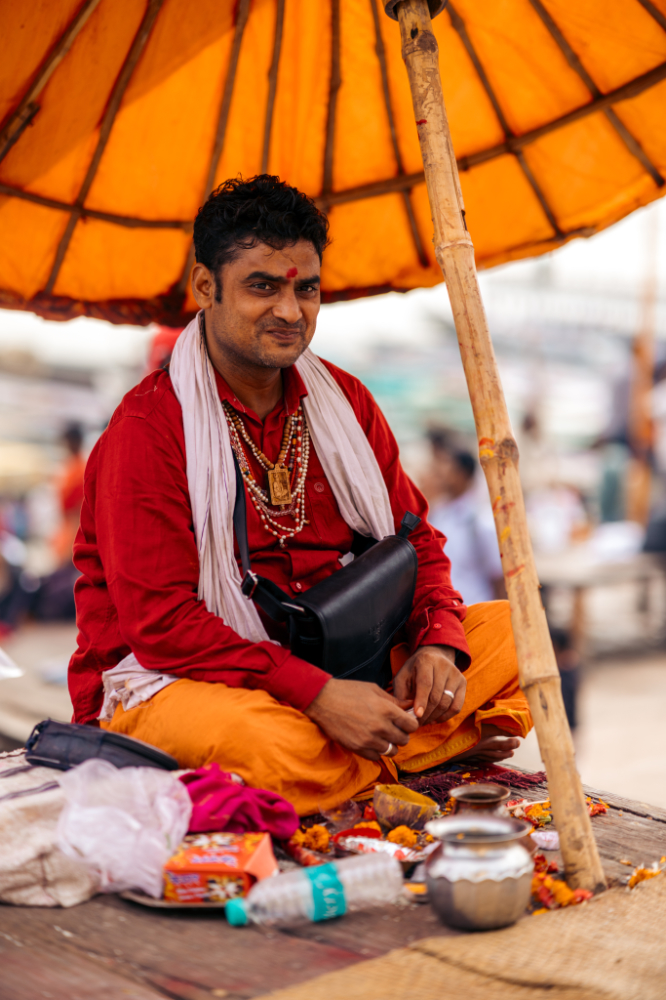

Namaste

This is Manikarnika Ghat, probably the most famous and busy incineration area. It is pretty intense to hangout in this place.
They burn body after body and even if they wrap the bodies, sometimes while burning, some body parts fall off, and people are in charge of putting them back in the fire. Quite a sight.
Strangely the smell is not as bad as you’d expect.


Usually before burning the body they will come down to the river and “wash” the body with river water, the sacred (dirty/nasty) water of the Ganges.


After they burn the body they dump the ashes in the river. And from what I understood, there’s people there, basically, slave masters, managing lower class people I guess, to get in the water and closely inspect all the ashes to find gold and other precious metals or objects of the deceased.
You see the people on the boats, are basicaly pimping the people in the water to get the goods and make sure the people in the water don’t take it from them.
I might be mistaking but I don’t think I am, some locals confirmed it to me, but people tend to say ‘yes yes” even if they didnd’t undersand what you said, so it could be something else.

Yummy water.






Cows chilling int the middle of all of that.

Some people with a smaller budget get incinerated in this “official” incinerator.
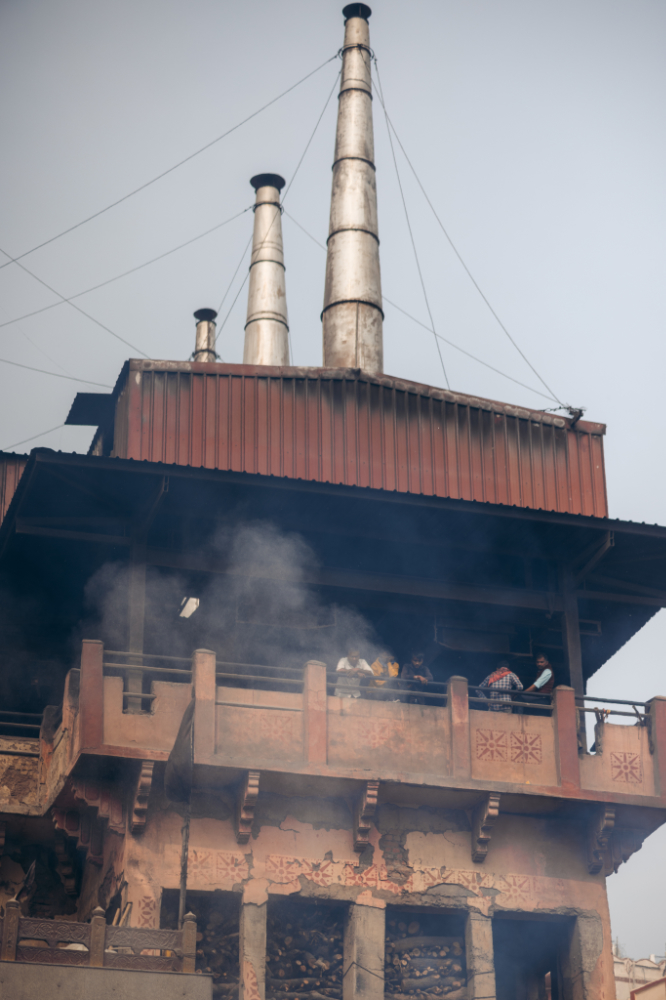

Walking along the river a last time (with my camera)








You can see more of Varanasi and then the next and last city I visited, Kolkata, on my IG stories.
At this point I was really sick of being in India, but my flight from Kolkata to Bangkok was still a week away, and I aslo got the flu, I explored a bit of Kolkata but I didn’t carry my camera around.
India, so much to say but I think I said enough on here.
The only advice I can give you is the following:
“If you have to ask people’s opinion to know if you should visit India, is because you’re not ready to visit India.”
Thank you for reading, and see you on the next adventure.

